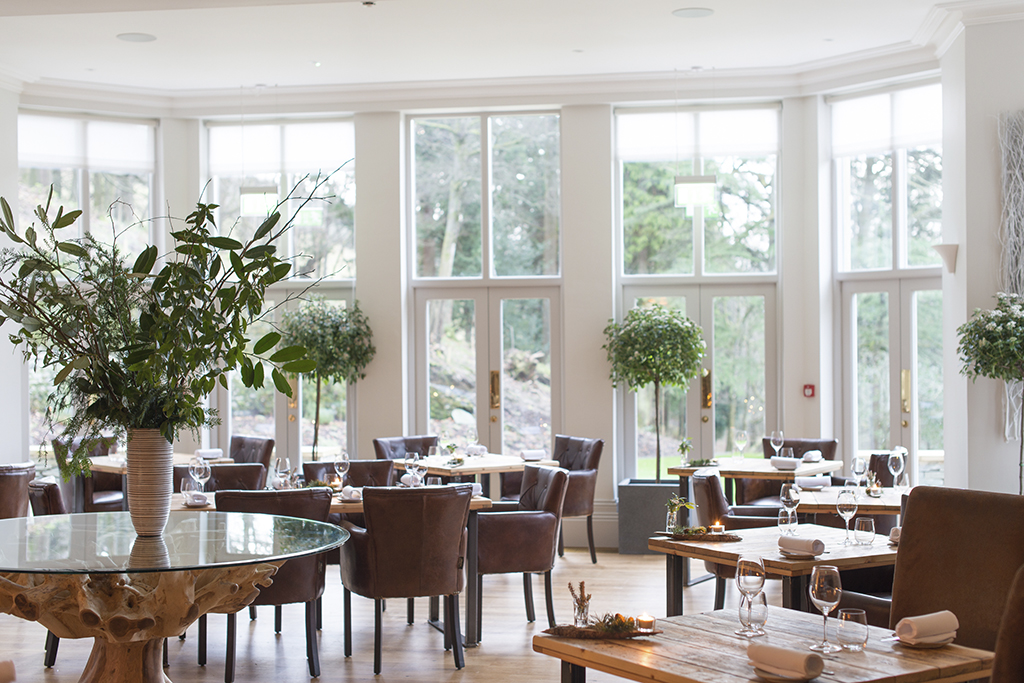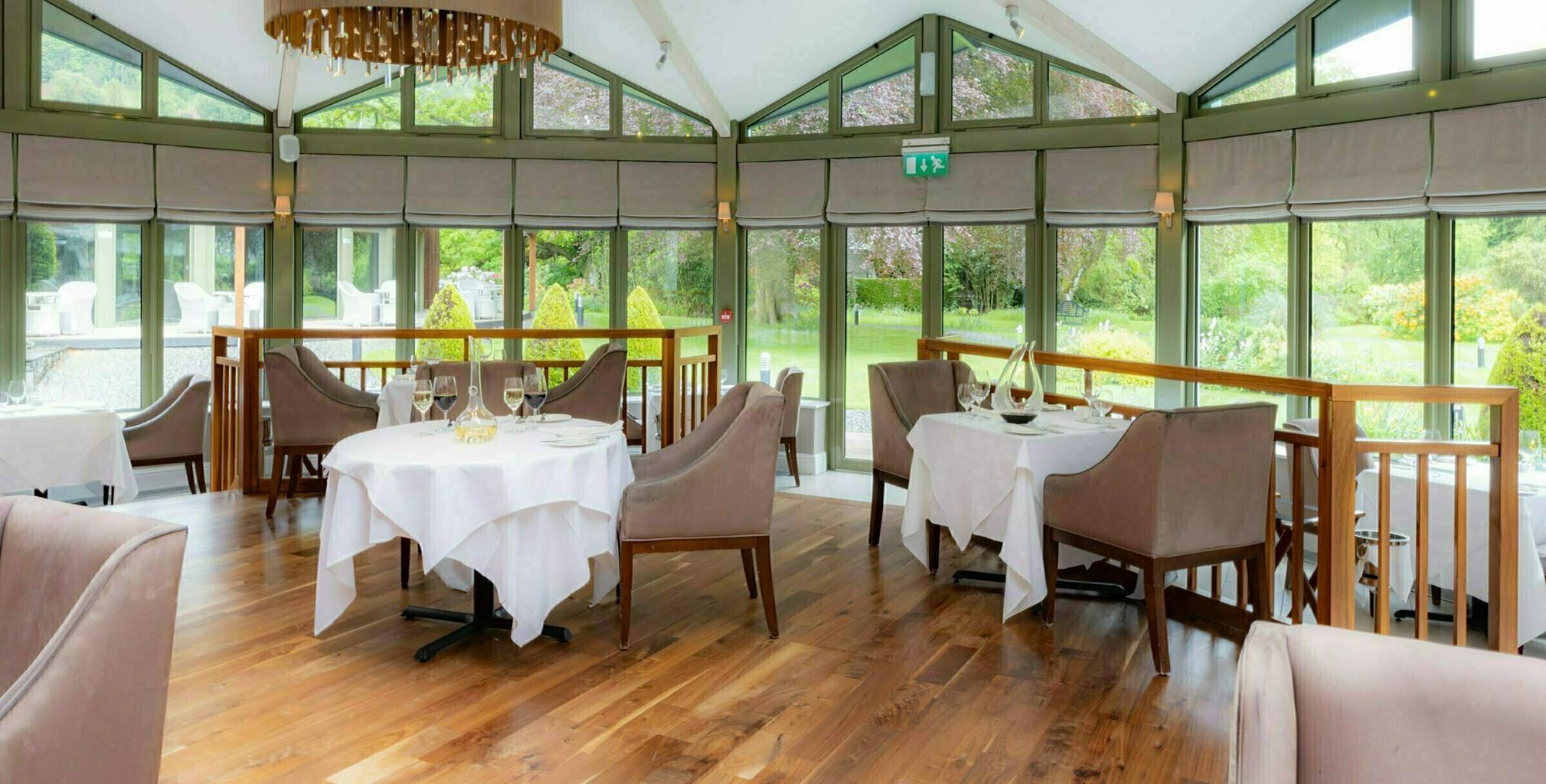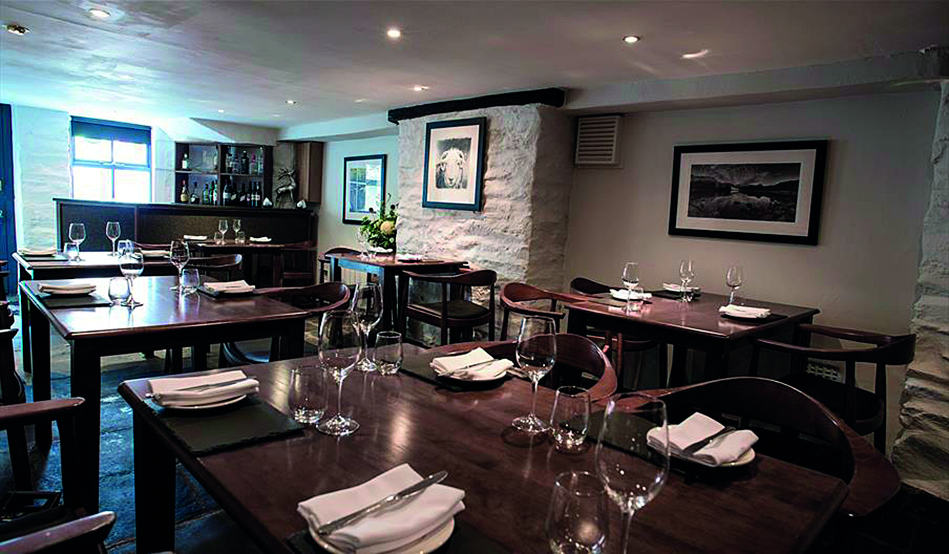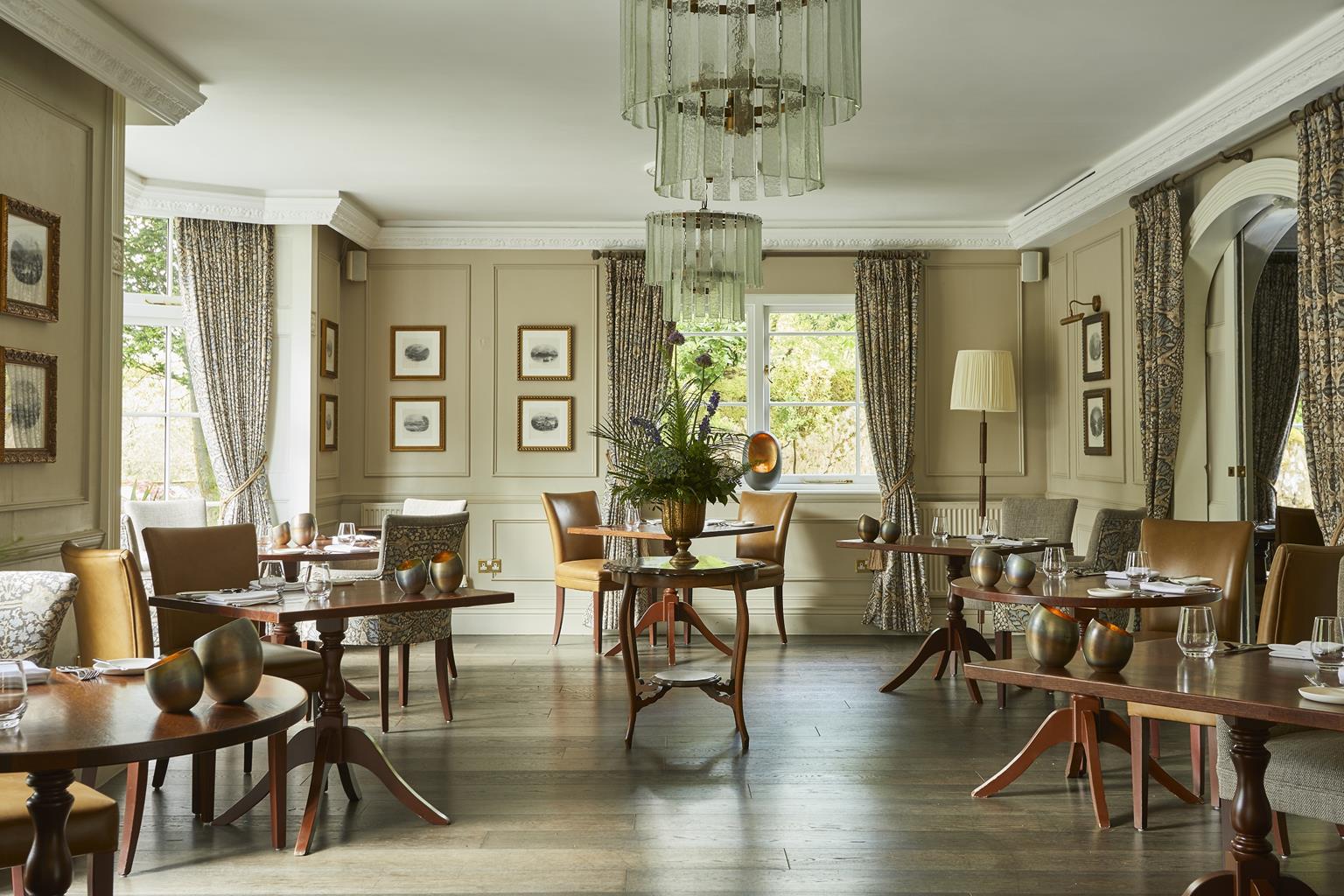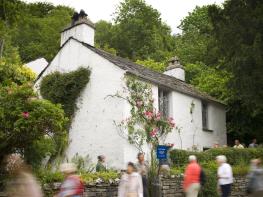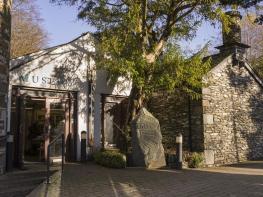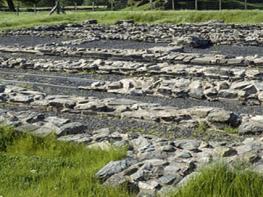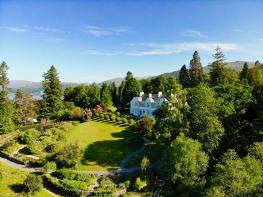Awaiting description.
Around Rydal Water

The tranquil Rydal of Wordsworth and co may be elusive, but it is still a beautiful walk around a lake at any time of the year
3 miles (4.8kms)
About the walk
This classic walk of breathtaking beauty will surely be forever associated with the poet William Wordsworth (1770–1850). From all around the world people come here to see the landscape that so inspired him. His poetry broke with the conventional structure and stylised imagery of his day to explore nature and human emotion in a new poetic language. He lived at Dove Cottage – close by in Grasmere – between 1799 and 1808, and at Rydal Mount (passed on this walk) from 1813 until his death. Although Rydal Mount was his home for a much longer period, the Dove Cottage years are often seen as the most creative part of his life. Wordsworth’s sister Dorothy (1771–1855) lived with the poet throughout his life, often sharing in long walks which were an integral part of their life. They thought little of walking to Keswick and back to visit friends like fellow poet Robert Southey. Dorothy’s own literary output was largely disregarded during her lifetime, but her Grasmere Journal, first published in 1897, shows her to have been a perceptive observer and accomplished writer. Many now believe that Wordsworth’s output owes much to her keen eye and turn of phrase.
Familiar walk
This little circuit of Rydal Water would have been deeply familiar to both Wordsworths and they would still recognise most of it today, though they might be horrified by the roar of traffic on the A591 and shocked by the sheer popularity of the paths through the woods and along Loughrigg Terrace. The best place to get a sense of the landscape that they knew is probably in the later stages, as you climb past Rydal Mount and then traverse the hillside along the old Coffin Route. Despite its popularity, this outing can never fail to inspire. Each season is different. Whether the lake is clad in ice, or the flora in springtime blossom, it is a landscape to lift the spirit. This walk, with a little ascent and descent, visits wood, lake and river. Dippers can often be seen on the river, swans on the lake, ravens on Nab Scar, and roe deer in the woods.
Walk directions
From the entrance to the higher car park, cross the road, descend steps and bear right to join a wide track near picnic tables. (From the lower car park, pass a low barrier and ‘White Moss Walks’ board). Follow the track over a footbridge.
Ascend, forking right near the top, to a gate leading to a stony track. Take the path ahead, slanting left and up through the bracken to a level path known as Loughrigg Terrace. Traverse left along the path, with fine views over the lake to Nab Cottage and Nab Scar. Continue along the path, rising slightly around a shoulder to a level area of slate waste. On the right is the entrance to Rydal Cave, an old slate quarry.
Take the track directly below the cave, descending through a larch wood and past another quarry hole and caves. Keep along the track, which soon descends between stone walls. Continue to a signpost, turn sharp left, then back right to enter woods by a gate just above the shore of Rydal Water.
The path leads through the wood and then across a pasture to a bridge over the River Rothay. Cross the bridge, which leads to the A591; the Badger Bar stands opposite. Cross the road and turn right. Soon you reach a lane that leads uphill to the left.
Follow the lane up past Rydal church and Dora’s Field, then climb more steeply still to Rydal Mount. Immediately below the house, a track goes left, signed ‘Public Bridleway Grasmere’. Follow this track, the old Coffin Route between Ambleside and Grasmere. Stony in places, the track is well defined, traversing clumps of oaks with a view over Rydal Water. After a more open stretch, the track enters the woods above Nab Cottage.
Keep along the track through some stony dips and rises; there is never any doubt of the route. Unusual retaining walls just above on one stretch are an exposed part of the Thirlmere Aqueduct, which conveys the waters of that lake all the way to Manchester. After a short, rocky descent, the track reaches a gate below a house on the right. Go through the gate, and in a few more paces turn left on a steep path down the hillside. Continue down through the wood to meet the A591 just above the lower car park at White Moss Common; the higher car park is just to the right.
Additional information
Stony paths and tracks
Rydal Water nestling in wooded vale below high fells
Generally suitable for dogs; grazing sheep, 2 road crossings
OS Explorer OL7 The English Lakes (SE)
Car parks either side of A591 White Moss Common
Below the A591, between the two car parks
WALKING IN SAFETY
Read our tips to look after yourself and the environment when following this walk.
Find out more
Also in the area
About the area
Discover Cumbria
Cumbria's rugged yet beautiful landscape is best known for the Lake District National Park that sits within its boundaries. It’s famous for Lake Windermere, England’s largest lake, and Derwent Water, ‘Queen of the English Lakes'. This beautiful countryside once inspired William Wordsworth and his home, Dove Cottage, in Grasmere is a popular museum. Another place of literary pilgrimage is Hill Top, home of Beatrix Potter, located near Windermere. Tom Kitten, Samuel Whiskers and Jemima Puddleduck were all created here.
Much of Cumbria is often overlooked in favour of the Lake Distirct. In the south, the Lune Valley remains as lovely as it was when Turner painted it. The coast is also a secret gem. With its wide cobbled streets, spacious green and views of the Solway Firth, Silloth is a fine Victorian seaside resort. Other towns along this coastline include Whitehaven, Workington and Maryport. Carlisle is well worth a look – once a Roman camp, its red-brick cathedral dates back to the early 12th century and its 11th-century castle was built by William Rufus.
Nearby stays
Restaurants and Pubs
Nearby experiences
Recommended things to do
Why choose Rated Trips?
Your trusted guide to rated places across the UK
The best coverage
Discover more than 15,000 professionally rated places to stay, eat and visit from across the UK and Ireland.
Quality assured
Choose a place to stay safe in the knowledge that it has been expertly assessed by trained assessors.
Plan your next trip
Search by location or the type of place you're visiting to find your next ideal holiday experience.
Travel inspiration
Read our articles, city guides and recommended things to do for inspiration. We're here to help you explore the UK.



